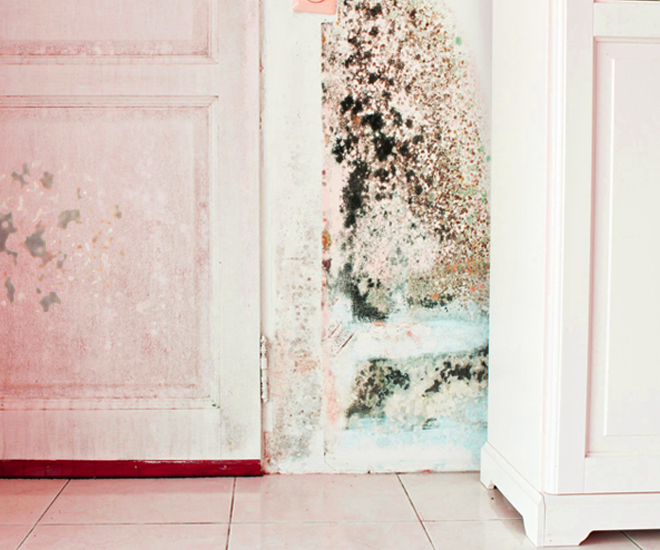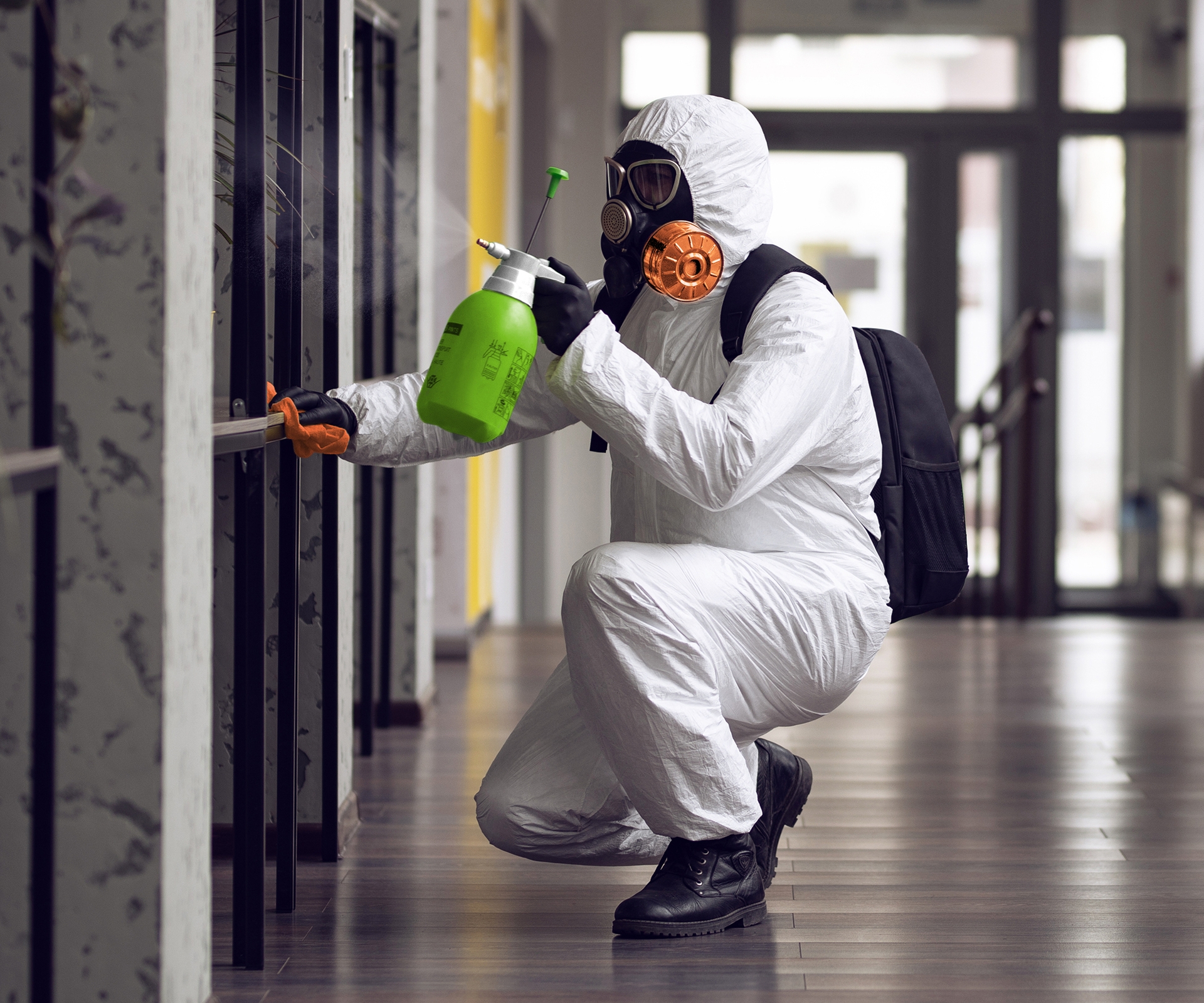Guidance on What to Do After Mold Remediation
Guidance on What to Do After Mold Remediation
Blog Article
Secret Steps for Successful Message Mold Removal
Resolving mold and mildew concerns in a timely and effective fashion is vital for keeping a healthy indoor setting. Efficiently completing mold removal is a diverse process that requires focus to detail and adherence to particular protocols. From evaluating dealt with areas to implementing moisture control actions, each action plays an important function in guaranteeing the efficacy of the remediation procedure. However, there are vital post-remediation actions that are just as crucial however commonly ignored. These actions not only validate the success of the removal efforts yet additionally add to avoiding future mold development.
Evaluation of Treated Locations
Upon conclusion of the mold and mildew remediation process, an extensive assessment of the dealt with areas is imperative to ensure the performance of the remediation initiatives. This evaluation acts as a critical action in the post-remediation stage to validate that the mold removal and clean-up treatments were effective in eliminating the mold infestation and bring back a secure interior setting. The evaluation should be carried out by qualified professionals that have the proficiency to evaluate the remediated areas thoroughly.
These consist of aesthetic analyses to inspect for any signs of mold and mildew growth or water damages, dampness levels to confirm that the area is totally free and completely dry of excess moisture that might promote mold re-growth, and air quality testing to guarantee that the indoor air is secure to take a breath. Additionally, the evaluation may involve making use of specialized tools such as moisture meters and thermal imaging electronic cameras to identify covert mold and mildew or wetness pockets that might lead to future mold and mildew troubles if left uncontrolled.

Wetness Control Actions
Effective moisture control steps are vital for stopping mold and mildew development and keeping a healthy and balanced interior setting. To attain this, it is critical to address sources of dampness within the structure. Correct air flow is vital to regulating moisture degrees. Setting up exhaust followers in kitchens and bathrooms can help remove excess moisture. In addition, utilizing dehumidifiers in damp areas can help in reducing humidity degrees, making it harder for mold and mildew to prosper.
On a regular basis keeping the building and examining's exterior can additionally stop moisture intrusion. Post Remediation verification. Guaranteeing that seamless gutters are clear, downspouts direct water away from the structure, and the roof covering is in great problem can assist protect against water from leaking right into the building. Appropriately sealing doors and home windows can likewise aid keep wetness out
In instances where water damage takes place, prompt action is essential. Any leakages or spills ought to be cleaned up and dried out within 24-48 hours to stop mold and mildew growth. Utilizing dampness meters can help discover surprise sources of water and make sure thorough drying. By applying these moisture control procedures, the threat of mold persisting can be significantly decreased, producing a healthier indoor setting.
Correct Air Flow Assessment
An indispensable facet of making sure a healthy and balanced indoor atmosphere post mold remediation is performing a comprehensive evaluation of the air flow system. Post Mold Remediation. Appropriate air flow evaluation plays an essential function in protecting against future mold growth and keeping air high quality within the afflicted space. During the analysis, specialists review the performance of the air flow system, looking for any clogs, leaks, or malfunctions that can impede proper air movement. It is necessary to make sure that the ventilation system is appropriately sized for the area it serves which it satisfies sector requirements for air exchange prices.
Moreover, examining the air flow system includes checking out the distribution of air throughout the location to recognize any type of locations of inadequate flow where dampness and contaminants might gather. Proper air flow not just helps in managing moisture levels however also help in removing air-borne mold spores and various other pollutants, consequently enhancing total indoor air quality. By resolving any type of air flow problems upload mold remediation, home proprietors can create a much healthier and extra comfortable atmosphere for owners while decreasing the danger of mold and mildew re-infestation.
Cleaning and Sanitation Protocols
To make certain thorough mold remediation, meticulous look at here now adherence to specific cleansing and disinfection methods is imperative. Cleaning up and sanitation protocols play an important function in the post-mold remediation phase to stop the reappearance of mold development and guarantee a safe and healthy and balanced atmosphere.
After the preliminary cleansing, complete sanitation of the influenced areas is essential to kill any kind of staying mold spores and prevent their proliferation. This action is important in preventing the spread of mold and mildew to other components of the building. Furthermore, applying precautionary measures such as applying mold and mildew inhibitors and preserving proper air flow can help reduce the threat of future mold infestations. By complying with rigorous cleaning and disinfection procedures, property owners can make certain the successful elimination of mold and mildew and create a healthy interior setting for residents.
Surveillance and Upkeep Strategy
Implementing a regular monitoring and maintenance plan is essential for making sure the lasting performance of mold and mildew removal initiatives. When mold remediation is completed, it is essential to establish a tracking routine to review the success of the removal procedure. This includes consistently evaluating the formerly impacted areas for any signs of mold and mildew recurrence or water damage. By performing regular checks, any type of new mold development can be without delay recognized and attended to, stopping a reoccurrence of the preliminary issue.
Additionally, establishing an upkeep strategy is essential to stopping future mold and mildew issues. Regular upkeep not just helps in avoiding mold and mildew yet also contributes to preserving a healthy interior setting - testing air quality after mold remediation.
Verdict
To conclude, successful message mold removal entails complete assessment of treated areas, execution of wetness control steps, assessment of correct air flow, adherence to cleaning and sanitation methods, and establishment of a monitoring and upkeep plan. These essential actions are vital to make sure that mold development is successfully eliminated and protected against from persisting in the future. By following these standards, homeowner can maintain a secure and healthy environment for passengers.
Upon completion of the mold and mildew remediation procedure, a complete evaluation of the dealt with locations is necessary to make certain the efficiency of the remediation initiatives. These consist of visual analyses to check for any kind of signs of mold and mildew development or water damages, moisture levels to confirm that the location is dry and complimentary of excess moisture that could advertise mold and mildew re-growth, and air high quality screening to ensure that the indoor air is secure to take a breath. Additionally, the examination may include using specialized tools such as wetness meters and thermal imaging cameras to discover surprise mold or moisture pockets that might lead to future mold and mildew troubles if left unchecked. By attending to any kind of ventilation concerns upload mold remediation, property owners can produce a Going Here healthier and a lot more comfy setting for occupants while decreasing the danger of mold re-infestation.

Report this page